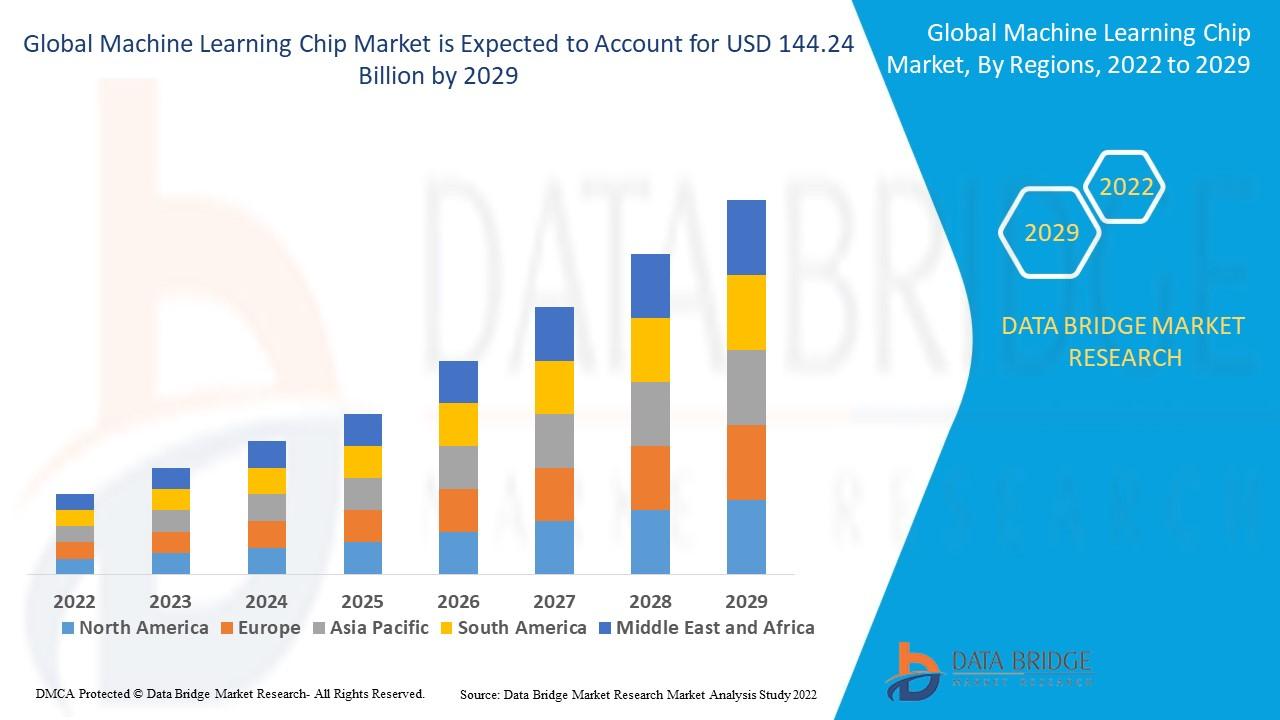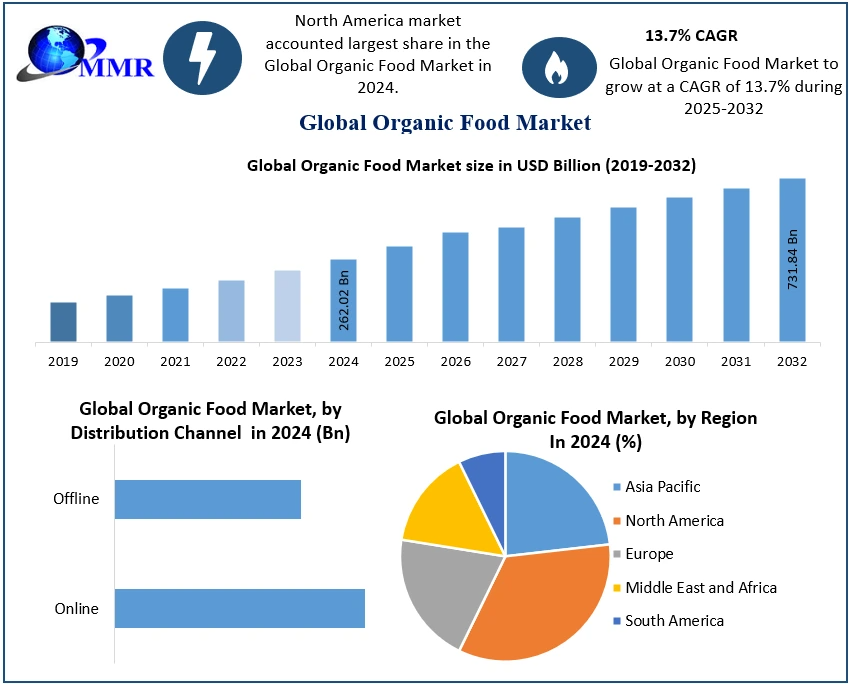Global Arc Fault Circuit Interrupter (AFCI) Market to Reach USD 4.36 Billion by 2032, Growing at a CAGR of 2.2%

MARKET INSIGHTS
The global Arc Fault Circuit Interrupter (AFCI) market was valued at USD 3.77 billion in 2024. The market is projected to grow from USD 3.85 billion in 2025 to USD 4.36 billion by 2032, exhibiting a CAGR of 2.2% during the forecast period.
Report Sample includes:
- Table of Contents
- List of Tables & Figures
- Charts
- Research Methodology
Get FREE Sample of this Report at https://www.intelmarketresearch.com/download-free-sample/13729/arc-fault-circuit-interrupter-market
Arc Fault Circuit Interrupters (AFCI) are specialized electrical safety devices crucial for preventing electrical fires. These devices detect and identify dangerous arc faults including series, parallel, and grounding arcs and interrupt the circuit to mitigate the risk of ignition. Because the current intensity of an arc fault is often too low to trigger standard overcurrent protection devices, AFCIs are essential for enhancing safety in low-voltage distribution systems, particularly at the circuit termination points in residential and commercial buildings.
The market is experiencing steady growth driven primarily by stringent electrical safety codes and regulations mandating AFCI installation in new residential constructions, especially across North America. Furthermore, increasing awareness of electrical fire prevention and a growing emphasis on smart home safety solutions are contributing to market expansion. The Combined AFCI (CAFCI) segment dominates the market, holding approximately 74% of the global share due to its comprehensive protection capabilities. Key players such as Schneider Electric, which commands a 30% market share, and ABB, with a 23% share, are continuously innovating and expanding their product portfolios to strengthen their market positions and cater to evolving safety standards.
Stringent Safety Regulations and Building Codes
The increasing implementation of stringent electrical safety regulations and building codes mandating AFCI protection in residential and commercial buildings is a primary growth driver. National and local governments are increasingly adopting NEC (National Electrical Code) requirements that specify AFCI installation.
Rising Awareness of Electrical Fire Prevention
Growing consumer and contractor awareness about electrical fire risks has accelerated adoption. Educational campaigns by safety organizations and insurance companies highlighting AFCI benefits have significantly contributed to market growth.
⤠The market is projected to grow at 8.5% CAGR from 2023 to 2030, with residential applications accounting for 68% of total installations
Increasing construction activities in developing regions coupled with rising disposable incomes are enabling more homeowners to invest in advanced electrical safety systems.
MARKET CHALLENGES
High Initial Installation Costs
Despite long-term benefits, the initial cost of AFCI breakers and required upgrades to electrical panels remains a significant barrier, particularly in retrofit applications where older homes require panel upgrades.
Other Challenges
Technical Complexity and Compatibility IssuesOlder electrical systems often present challenges for AFCI integration, requiring additional training for electricians and potential system upgrades that add to project costs and timelines.
MARKET RESTRAINTS
Economic Constraints in Developing Regions
In emerging economies, budget constraints often prioritize basic electrification over advanced safety features. The additional cost of AFCI protection can represent 15-20% of total electrical system costs in new construction, creating adoption barriers.
MARKET OPPORTUNITIES
Technological Advancements and Smart Grid Integration
The integration of AFCI technology with smart home systems and IoT platforms presents significant opportunities. Next-generation AFCIs with advanced diagnostics and remote monitoring capabilities are attracting interest from both residential and commercial sectors.
Emerging markets in Asia-Pacific and Latin America show strong growth potential as their construction industries develop and adopt more stringent electrical safety standards. The market is expected to expand significantly in these regions.
COMPETITIVE LANDSCAPE
Key Industry Players
Companies Focus on Innovation and Certification to Gain Competitive Edge
ABB Ltd. (Switzerland) maintains its leadership position through extensive R&D investments and strategic partnerships with electrical equipment manufacturers globally. The company's comprehensive AFCI product portfolio covers residential, commercial, and industrial applications, giving them significant market share in both North American and European markets.
Siemens AG (Germany) leverages its strong presence in industrial automation and building technologies to expand its AFCI offerings. The company's dual technology approach combining both branch and outlet solutions has positioned them strongly in the European market, while their recent partnerships with Asian manufacturers aim to capture growing demand in developing economies.
Eaton Corporation (Ireland) continues to expand its market reach through strategic acquisitions and technology licensing agreements. Their recent acquisition of a smaller smart grid technology firm has enhanced their ability to integrate AFCI capabilities with broader home energy management systems, creating cross-selling opportunities.
Schneider Electric SE (France) maintains competitiveness through continuous product innovation and certification achievements. The company recently received updated UL certification for their latest generation of AFCI breakers, which has accelerated adoption in the North American market and strengthened their position against emerging competitors.
List of Key Arc Fault Circuit Interrupter Companies Profiled
-
ABB Ltd. (Switzerland)
-
Siemens AG (Germany)
-
Eaton Corporation (Ireland)
-
Schneider Electric SE (France)
-
Legrand Group (France)
-
Hubbell Incorporated (United States)
-
General Electric Company (United States)
ABB Ltd. (Switzerland)
Siemens AG (Germany)
Eaton Corporation (Ireland)
Schneider Electric SE (France)
Legrand Group (France)
Hubbell Incorporated (United States)
General Electric Company (United States)
Global Demand for Advanced Fire Prevention Solutions
The global AFCI market is experiencing rapid growth due to increasing electrical safety regulations in residential and commercial construction sectors. Market analysis indicates a 12.3% year-over-year growth rate as more countries adopt mandatory AFCI installation requirements in new building codes.
Other Trends
Smart Home Integration and IoT Connectivity
Leading manufacturers are integrating AFCI technology with smart home systems, enabling real-time monitoring of electrical circuits through mobile applications. This integration allows homeowners to receive instant alerts for potential arc faults, significantly reducing response time from traditional 48-72 hours to immediate notification systems. The technology has demonstrated 99.8% accuracy in detecting series and parallel arc faults while minimizing false alarms.
North American Market Dominance and Emerging Markets
North America continues to lead AFCI adoption with 89% market penetration in new residential constructions, while emerging markets in Asia-Pacific are showing 40% year-over-year growth. The global AFCI market is projected to reach $3.2 billion by 2028, driven by increasing consumer awareness of electrical safety and rising investments in smart grid infrastructure modernization projects across developed economies.
The U.S. leads in AFCI standardization through NFPA 70 (NEC) mandates, requiring AFCIs in all new residential construction since 2014. These regulations drive consistent market growth despite higher initial installation costs compared to conventional breakers. Market maturity
North America represents the most mature AFCI market globally, with approximately 78% of new residential units including AFCI protection as standard. This penetration rate drives economies of scale, reducing unit costs by approximately 28% since 2020 despite inflation in other construction materials. Technology adoption
The region leads in CAFCI (Combined AFCI) adoption, with approximately 62% of installations using the latest generation technology. This includes integration with smart home systems, remote monitoring, and compatibility with solar and storage systems, creating additional value beyond basic protection. Standards development
Continuous updates to UL 1699 and NEC requirements drive product innovation. The 2023 code cycle expanded requirements to include kitchen and laundry areas, driving 17% year-over-year growth in these segments despite overall market maturity.
Europe
Europe represents the second largest AFCI market, growing at approximately 9.2% annually. Growth is driven by the EU's push for zero-carbon homes by 2030 and increasing adoption of renewable energy systems requiring advanced protection. Germany, France, and the UK collectively account for 68% of regional demand, with Eastern Europe showing the fastest growth due to infrastructure modernization.
Asia-Pacific
The Asia-Pacific AFCI market is growing at 12.4% annually, led by China's rapid urbanization and Japan's advanced manufacturing sector. China's market is more commercial/industrial focused (72% of volume) while Japan leads in residential adoption (58% of regional total). India shows exceptional growth potential as electrical safety standards converge with international standards.
South America
Market growth remains constrained by economic fluctuations, though Chile and Brazil show promising adoption in premium residential and commercial segments. Brazil accounts for 63% of regional demand, primarily driven by high-rise construction and tourism infrastructure development requiring advanced electrical safety systems.
Middle East & Africa
Market development remains in early stages, concentrated in UAE, Saudi Arabia and South Africa. Growth is driven by luxury construction and critical infrastructure projects, though overall adoption remains below 5% of the global market due to cost sensitivity and different regulatory frameworks.
.market-data-table { width: 100%; border-collapse: collapse; margin: 20px 0; } .market-data-table th { background-color: #0f2a56; color: white; padding: 12px; text-align: left; } .market-data-table td { padding: 12px; border-bottom: 1px solid #ddd; } Report Scope
This market research report offers a holistic overview of the global and regional markets for the forecast period 2025–2032. It presents accurate and actionable insights based on a blend of primary and secondary research.
Key Coverage Areas:
-
â Market Overview
-
Global and regional market size (historical & forecast)
-
Growth trends and value/volume projections
-
-
â Segmentation Analysis
-
By product type or category
-
By application or usage area
-
By end-user industry
-
By distribution channel (if applicable)
-
-
â Regional Insights
-
North America, Europe, Asia-Pacific, Latin America, Middle East & Africa
-
Country-level data for key markets
-
-
â Competitive Landscape
-
Company profiles and market share analysis
-
Key strategies: M&A, partnerships, expansions
-
Product portfolio and pricing strategies
-
-
â Technology & Innovation
-
Emerging technologies and R&D trends
-
Automation, digitalization, sustainability initiatives
-
Impact of AI, IoT, or other disruptors (where applicable)
-
-
â Market Dynamics
-
Key drivers supporting market growth
-
Restraints and potential risk factors
-
Supply chain trends and challenges
-
-
â Opportunities & Recommendations
-
High-growth segments
-
Investment hotspots
-
Strategic suggestions for stakeholders
-
-
â Stakeholder Insights
-
Target audience includes manufacturers, suppliers, distributors, investors, regulators, and policymakers
-
â Market Overview
-
Global and regional market size (historical & forecast)
-
Growth trends and value/volume projections
Global and regional market size (historical & forecast)
Growth trends and value/volume projections
â Segmentation Analysis
-
By product type or category
-
By application or usage area
-
By end-user industry
-
By distribution channel (if applicable)
By product type or category
By application or usage area
By end-user industry
By distribution channel (if applicable)
â Regional Insights
-
North America, Europe, Asia-Pacific, Latin America, Middle East & Africa
-
Country-level data for key markets
North America, Europe, Asia-Pacific, Latin America, Middle East & Africa
Country-level data for key markets
â Competitive Landscape
-
Company profiles and market share analysis
-
Key strategies: M&A, partnerships, expansions
-
Product portfolio and pricing strategies
Company profiles and market share analysis
Key strategies: M&A, partnerships, expansions
Product portfolio and pricing strategies
â Technology & Innovation
-
Emerging technologies and R&D trends
-
Automation, digitalization, sustainability initiatives
-
Impact of AI, IoT, or other disruptors (where applicable)
Emerging technologies and R&D trends
Automation, digitalization, sustainability initiatives
Impact of AI, IoT, or other disruptors (where applicable)
â Market Dynamics
-
Key drivers supporting market growth
-
Restraints and potential risk factors
-
Supply chain trends and challenges
Key drivers supporting market growth
Restraints and potential risk factors
Supply chain trends and challenges
â Opportunities & Recommendations
-
High-growth segments
-
Investment hotspots
-
Strategic suggestions for stakeholders
High-growth segments
Investment hotspots
Strategic suggestions for stakeholders
â Stakeholder Insights
-
Target audience includes manufacturers, suppliers, distributors, investors, regulators, and policymakers
Target audience includes manufacturers, suppliers, distributors, investors, regulators, and policymakers
FREQUENTLY ASKED QUESTIONS:
What is the current market size of Global Arc Fault Circuit Interrupters Market?
-> The global arc fault circuit interrupters market was valued at US$ 3.76 billion in 2024 and is expected to reach US$ 4.36 billion by 2032.
Which key companies operate in Global Arc Fault Circuit Interrupters Market?
-> Key players include Schneider Electric, ABB, Eaton, Siemens, and Leviton, among others.
What are the key growth drivers?
-> Key growth drivers include increasing electrical safety regulations, urbanization, and demand for advanced circuit protection.
Which region dominates the market?
-> North America is the largest market, while Asia-Pacific is the fastest-growing region.
What are the emerging trends?
-> Emerging trends include smart home integration, increased automation, and advanced safety features.
Get the Complete Report & TOC at https://www.intelmarketresearch.com/energy-and-natural-resources/13729/arc-fault-circuit-interrupter-market
CONTACT US:
276 5th Avenue, New York , NY 10001,United States
International: (+1) 646 781 7170
Email: help@intelmarketresearch.com
Follow Us On linkedin :- https://www.linkedin.com/company/24-market-reports
Related Links






